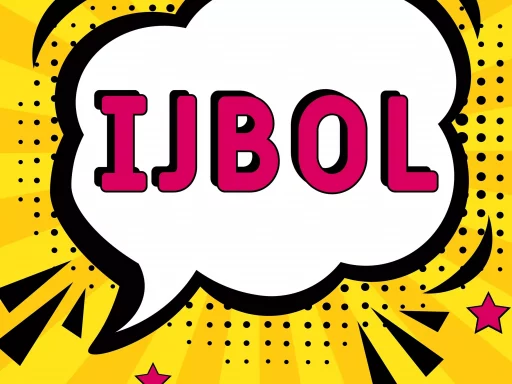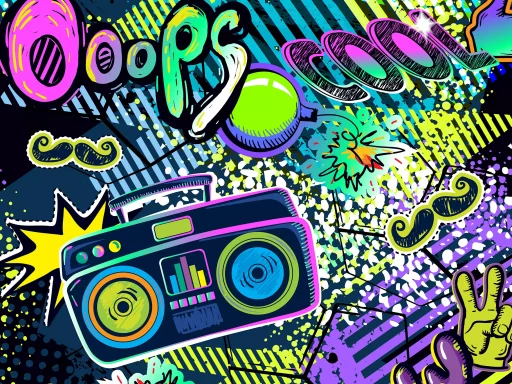Introduction to RCS Texting
Rich Communication Services (RCS) is an advanced messaging protocol designed to replace traditional SMS (Short Message Service) and MMS (Multimedia Messaging Service). Developed by the GSMA (Groupe Speciale Mobile Association), RCS aims to enhance the messaging experience on Android devices. This article explores the features, advantages, and implications of RCS texting on Android.
Features of RCS Texting
- Rich Media Sharing: Unlike SMS, which is limited to 160 characters, RCS allows users to send images, videos, and GIFs seamlessly, enhancing the multimedia experience.
- Read Receipts: RCS provides feedback on message delivery and read status, letting senders know when their messages have been delivered and read by the recipient.
- Typing Indicators: Users can see when the other person is typing a response, similar to platforms like WhatsApp.
- Group Messaging: RCS supports improved group chat functionalities, such as adding or removing participants and managing group media.
- Location Sharing: Users can share their real-time location within the chat
How Does RCS Work?
RCS operates over Wi-Fi or mobile data instead of cellular networks, taking advantage of IP (Internet Protocol) technology to transmit messages. Users need to have RCS-enabled devices and a compatible carrier to access these features. As of now, major network providers such as Verizon, AT&T, and T-Mobile support RCS.
Advantages of RCS Over SMS
- Enhanced User Experience: The addition of new features leads to more engaging conversations compared to plain text messages.
- Cross-Platform Functionality: RCS works across different devices and platforms, enabling seamless communication with users who may not have the same smartphone.
- Business Applications: RCS supports rich media and interactive content, allowing businesses to send promotional materials or customer service messages more effectively.
RCS vs. Other Messaging Services
When comparing RCS with popular messaging apps like WhatsApp, Facebook Messenger, and iMessage, it’s essential to highlight both the advantages and limitations of RCS.
- Similar Features: RCS shares functionalities with other messaging apps, such as multimedia sending and read receipts.
- Carrier-Dependent: Unlike independent apps, RCS requires carrier support, which might limit its availability in certain regions.
- Privacy Concerns: While RCS does offer a more secure messaging experience compared to SMS, security features may not match the encryption levels offered by apps like WhatsApp.
Statistics and Case Studies
According to a study by Juniper Research, RCS is expected to reach 1.3 billion users by 2025, signifying a significant shift in mobile messaging. A case study from Vodafone indicated that businesses utilizing RCS messaging observed a 75% increase in customer engagement due to rich media capabilities, demonstrating the increased potential for marketing and communication.
Challenges and Limitations of RCS
Despite its advantages, RCS faces several challenges:
- Inconsistent Support: Not all carriers and devices support RCS, leading to fragmented experiences.
- Security Risks: Since RCS does not offer end-to-end encryption, messages could be vulnerable to interception.
- User Awareness: Many users are still unaware of RCS, leading to slow adoption rates.
Conclusion
RCS texting on Android represents a significant evolution in mobile messaging. With its advanced features and capabilities, it has the potential to redefine how we communicate. While challenges remain, the continued roll-out and support from mobile carriers may allow RCS to become the standard for messaging in the near future.






